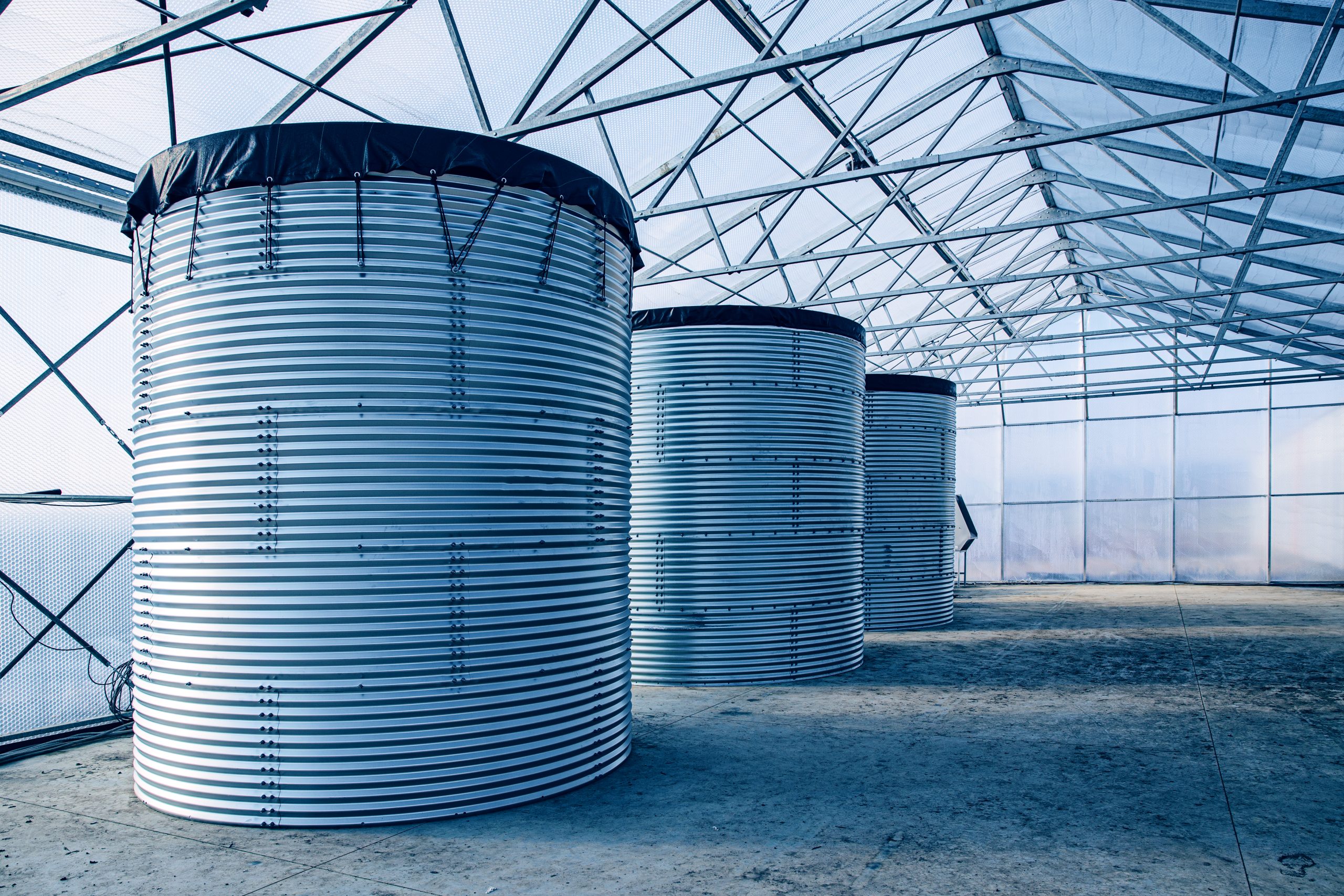
Above-ground storage tanks are an indispensable part of numerous industries, including oil, gas, and chemical storage, among others. Constructed to hold valuable and often hazardous materials, the longevity and durability of these tanks are of utmost importance. One crucial aspect that significantly affects the lifespan and performance of storage tanks is the implementation of proper tank waterproofing techniques. Waterproofing acts as a barrier against moisture, chemicals, and other elements that can potentially damage the tanks and compromise their structural integrity.
Without adequate waterproofing in place, tanks are more susceptible to deterioration, corrosion, and leaks that can lead to environmental hazards, financial losses, and increased downtime for repair or replacement. As such, it is essential to understand the tank waterproofing options available and select the most suitable solution for your specific facility and operational needs.
In this blog post, we’ll explore the impact of various tank waterproofing techniques on the longevity and durability of storage tanks. We’ll delve into the different types of waterproofing solutions, the benefits of implementing appropriate waterproofing systems, and the importance of regular maintenance and inspections as part of an overall tank management strategy. By investing in the right waterproofing methods, you can significantly extend the service life of your storage tanks, reduce risks associated with leaks or corrosion and maintain the safe, efficient operation of your facility.
1. Polymer Coatings
Polymer coatings, such as epoxy or polyurethane, are popular waterproofing solutions for storage tanks. They form an impermeable layer on the tank surface, protecting it from corrosion, leakage, and chemical attack. These coatings are highly resistant to a wide range of chemicals and can extend the service life of a tank significantly.
2. Rubber Liners
Rubber liners are another popular option for tank waterproofing. Made from materials like EPDM or vulcanized rubber, these liners are flexible, resilient, and chemical-resistant. They are applied to the inner surface of a tank, creating a barrier that prevents leakage and corrosion-related damage.
3. Cathodic Protection
Cathodic protection is an electrochemical technique that prevents corrosion by converting the anodic areas on a tank surface into cathodic areas, reducing the potential for corrosion. This method is particularly effective for metallic tanks and can extend their service life.
Benefits of Implementing Tank Waterproofing Solutions
1. Enhanced Structural Integrity
Appropriate waterproofing techniques can significantly improve the structural integrity of your storage tanks by preventing corrosion, leaks, and other forms of damage.
2. Lower Maintenance Costs
With an effective tank waterproofing system in place, you can minimize the need for extensive repairs and maintenance, reducing overall costs in the long run.
3. Environmentally Friendly
Proper waterproofing helps eliminate the risks of leaks and spills, protecting the environment from potentially hazardous materials.
4. Increased Efficiency and Performance
Waterproofing techniques can optimize tank performance by preventing the ingress of moisture or contaminants that could compromise the quality of the stored materials.
Maintaining Your Tank Waterproofing Systems
1. Regular Inspections
To ensure the ongoing effectiveness of your tank waterproofing solutions, conduct regular inspections to detect potential issues such as cracks, leaks, or damage to the waterproofing layer.
2. Timely Repairs
Address any identified issues promptly, either through repairs or the application of additional waterproofing materials, to preserve the integrity of your storage tanks.
3. Periodic Cleaning
Proper cleaning of your tanks helps maintain the efficiency of your waterproofing techniques and prolongs their lifespan.
Considerations When Choosing a Waterproofing Technique
1. Tank Material
Consider the material of your storage tanks when choosing the appropriate waterproofing technique. Some methods are better suited for specific materials, such as steel, concrete, or fibreglass.
2. Stored Materials
The type of material stored within the tank should also be a factor in selecting the right waterproofing solution. Some chemicals may be more aggressive and require stronger waterproofing materials.
3. Budget and Long-Term Goals
Consider your budget and long-term goals when choosing a tank waterproofing solution. While some methods may be more expensive in the initial stages, their long-term benefits may outweigh the costs in terms of reduced maintenance and extended tank life.
Conclusion
Incorporating suitable tank waterproofing techniques is vital to enhance the longevity and durability of storage tanks. By investing in the most appropriate waterproofing solutions, regular inspections, and timely maintenance, you can protect your tanks from corrosion and leakage risks while ensuring a safe and efficient operation of your facility.
Are you seeking expert guidance on the best tank waterproofing solutions for your facility? Our experienced team specialises in tank construction, liner installation, and repair and maintenance services, ensuring the optimal performance and durability of your storage tanks. Contact ATM Tanks today to discuss your specific tank waterproofing needs and discover how we can help safeguard your valuable assets for the long term.
- How to Fix Leaks in Your Water Storage Tanks - December 14, 2025
- Effective Techniques for Thorough Tank Cleaning - December 14, 2025
- The Benefits of ROV Tank Inspections for Maintenance - December 14, 2025






